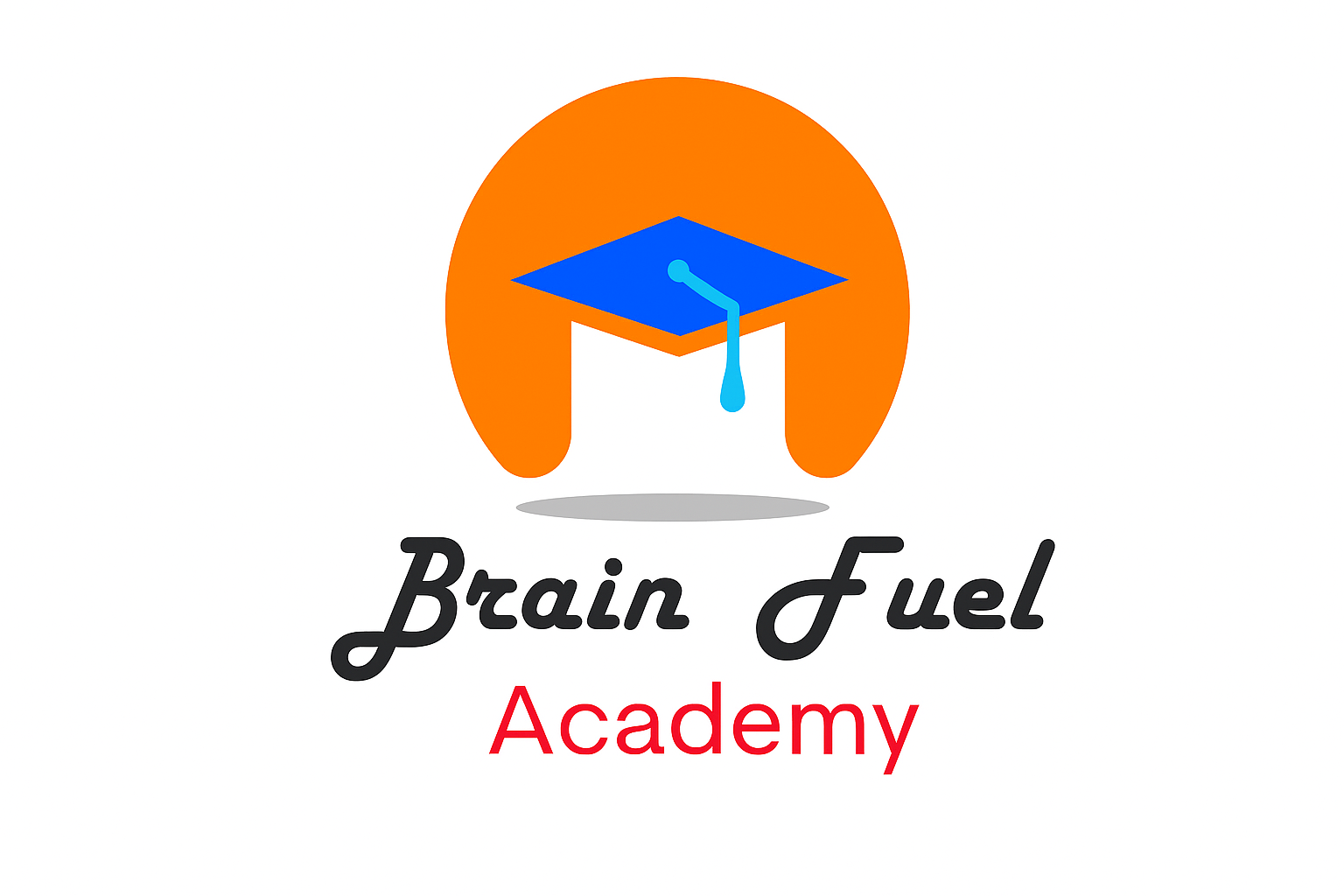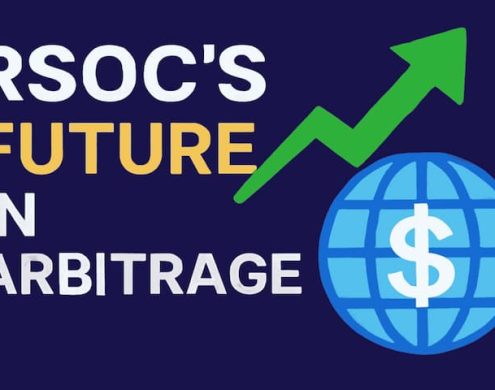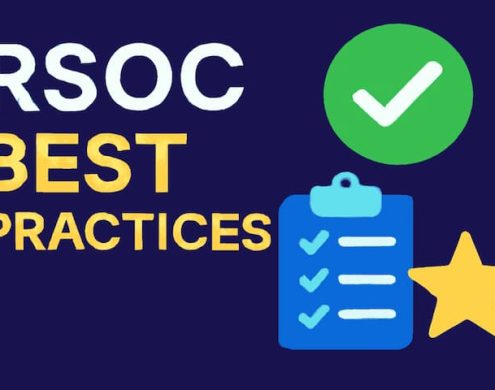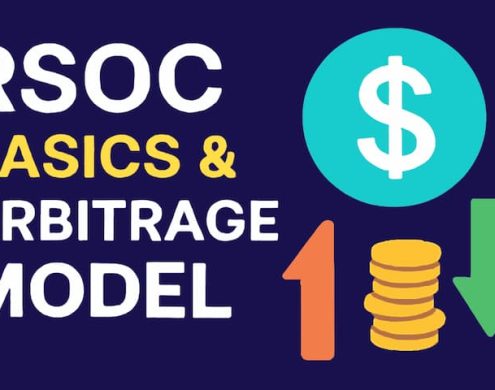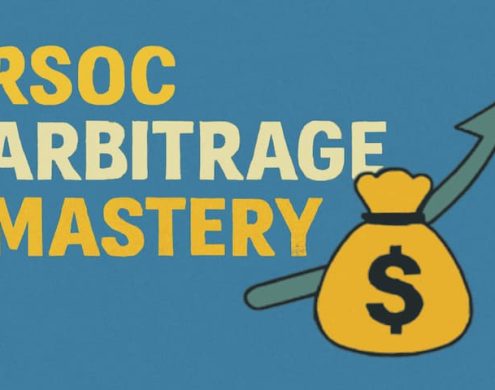Currently Empty: $0.00
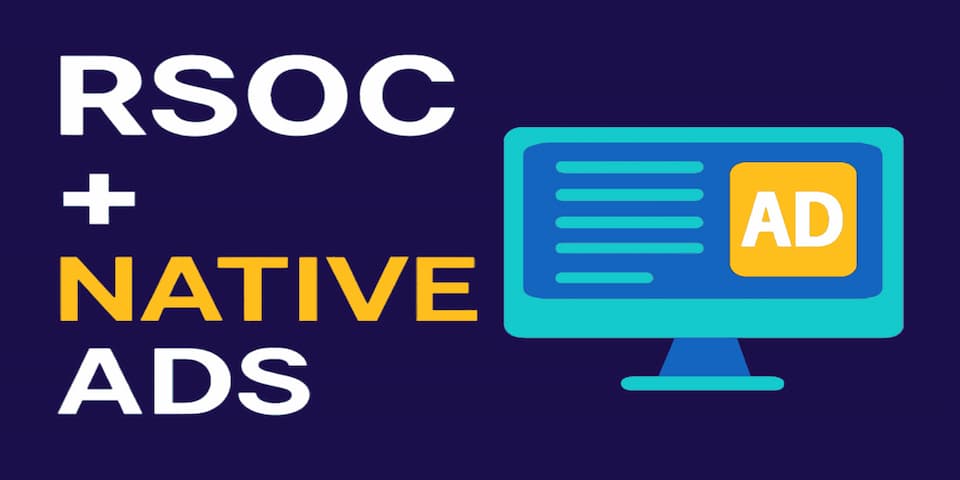
RSOC and Native Ads Work Together for a Better User Experience and More Money
Beginning
Two high-performing methods have come to the fore in the ever-changing world of digital media buying and monetisation: RSOC (Related Search for Content) and native advertising. While each has their own strengths, they are most powerful when used together in a smart way. When RSOC and native advertisements are used together, especially in Outstream Display Recommendation (ODR) or native feed formats, they make the user experience (UX) smooth and open up new ways to make money.
This post talks about how to use RSOC with native ad formats in a way that works well, why this combination is better for UX and monetisation, and how to do it in a way that will keep working.
Part 1: Learning about RSOC and native ads
1.1 What is RSOC? Related Search for Content (RSOC) is a way to make money by putting search links into content that are based on keywords. These links seem like search terms or relevant topics and send users to search results that make money or sponsored landing sites.
1.2 What Are Native Ads? Native ads are adverts that are made to fit in perfectly with the content and layout of the platform. Some examples are:
Ads that show up in feeds (Facebook, Instagram, Taboola, Outbrain)
Recommendations for content (“You Might Also Like”)
Articles or listings that are paid for
1.3 Why should you use both RSOC and native ads? RSOC makes money by integrating content with user intent. Native ads get users by using interesting, non-intrusive creatives. They work together to make a strong end-to-end funnel:
Native advertisements bring in good visitors.
RSOC makes money from it by using links that are relevant and don’t get in the way.
Section 2: Models for integrating RSOC with ODR and native format
2.1 The ODR (Outstream Display Recommendation) Format ODR formats are display placements that don’t go in the way and are activated by scrolling. They are usually seen in editorial material. Adding RSOC here can boost CTR without hurting UX.
2.2 Mixing Native Widget with RSOC Taboola and MGID are two examples of platforms that often have a recommendation widget at the bottom of an article. You can add RSOC keyword links:
Above the widget, as “Related Searches”
Links inside the article
Between paragraphs (callout boxes)
2.3 Example of a Funnel Structure
Step 1: The user clicks on the Taboola native ad that says “5 Foods That Help You Sleep Better.”
Step 2: The user goes to your content page, which has RSOC embedded in it (the keyword link for “Best Natural Sleep Aids”).
Step 3: Clicks on the RSOC link and is taken to a search results page that makes money
Step 4: Make money by getting clicks or offers on high-CPC ads.
2.4 Joining forces with affiliate or programmatic ads Don’t let RSOC be the only thing that makes money. Put it together with: Google AdSense and Media.net for programmatic ads.
Links to affiliates
Forms to acquire email addresses for future remarketing
Part 3: UX-First RSOC Integration
3.1 The User Experience Is the Most Important Thing Links to RSOC that are in the wrong position might break up the flow of content, make people leave your site, and lower trust. What to focus on:
Native look (no spammy links that stand out)
Same typeface and style all the time
Three to five RSOC connections per page at most
3.2 Best Ways to Make RSOC Links Work for You
Put RSOC between paragraphs that are very interesting.
Use anchors that are relevant, such “Sleep Aid Options That Work Fast” instead than “Click Here.”
Before giving RSOC advice, give a valuable introduction.
3.3 Linking RSOC to Native Ad Creatives If your native ad is about a tale about losing weight, the RSOC links on that page should be for:
Plans for working exercise
The best apps for dieting This consistency builds trust and boosts click-through rates.
Part 4: Making money and getting the most out of your money
4.1 Cost of Traffic Compared to Revenue Per Visitor
Buy traffic with native advertisements for about $0.03 to $0.10 per click.
Find out how much RSOC makes per click (EPC)
Scale if EPC is greater than CPC
4.2 Use hybrid monetisation to make more money
RSOC and banner ads together raise RPM (Revenue per Mille).
RSOC + Affiliate CTA: Changes users in the middle of the funnel
RSOC + Video Ads: Increases engagement and revenue
4.3 Tools for tracking and improving
Use Voluum, RedTrack, or ClickFlare to keep track of the CTR of RSOC links.
EPC and RPM Return on Investment (ROI) by source, device, and location
Run A/B tests with:
Different ways to place links
Page layouts (short vs. long text)
Creative ads for native apps
Section 5: Rules for compliance and the platform
5.1 Compliance with Native Ad Networks Follow the regulations of Taboola, Outbrain, MGID, and others:
Don’t use clickbait that isn’t true.
Include terms and conditions and privacy policies
Stay away from sensitive niches, like supernatural health remedies.
5.2 Things to Think About for RSOC
Use RSOC feed providers that have a licence
Don’t put too many links that make money on the page.
Don’t use headlines that are deceptive or make false assertions.
5.3 GDPR and CCPA Following the rules
Put up banners asking for cookie consent.
Give them the option to not have their data tracked.
Make sure that all privacy notices are easy to find and linked in the footer.
Part 6: Scaling RSOC and Native Campaigns
6.1 Begin with Micro-Tests
One funnel costs $20 to $50 every day.
Run tests in different regions (Tier 1 vs. Tier 2)
Find combos with high EPC
6.2 Grow Up and Down and Sideways
Scaling up vertically: Increase the budget for campaigns that are doing well
Scaling horizontally: Copy the funnel into other areas including health, technology, and finance.
6.3 Build properties that will last a long time
Instead of using generic domains, use branded ones.
Add newsletters and email capture
Bring people back to your material on a frequent basis
6.4 Outsource and Automate
Use AI writers to produce the first drafts of your content.
Hire virtual assistants to examine links and write reports.
Use auto-rules on ad platforms to stop advertising that aren’t working well.
Final Thoughts
RSOC is not just a tactical move; it’s a strategic change that includes native ad formats like ODR and in-feed placements. This hybrid paradigm combines user-first design with monetisation based on intent. This is very important in today’s digital world, when there are a lot of rules and not enough attention.
When done right, RSOC + Native makes the whole process smooth, from clicking on an ad to seeing valuable content to engaging with it in a way that makes money. If you get the perfect mix of UX, compliance, and data-driven optimisation, this approach might bring in a lot of money, cut down on ad fatigue, and create trust in your brand over time.
Now is the time for performance marketers, affiliates, and publishers to look into RSOC-native integration. The future of media buying isn’t just good for business; it’s also good for users, full of content, and easy for algorithms to understand.
